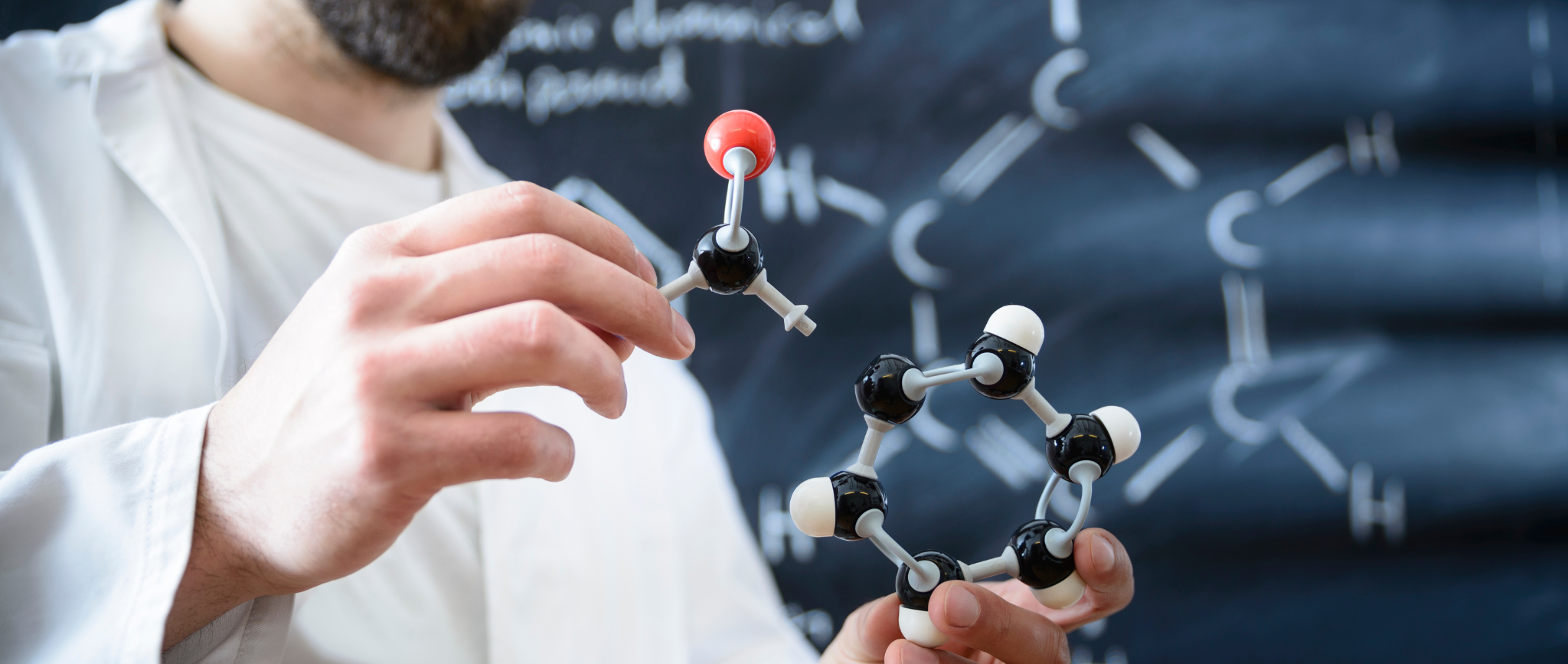The Science Behind Tattoo Healing: Understanding the Process and How to Care for Your New Ink

Getting a tattoo is not just about the art and personal expression; it's also a significant process for your skin. Understanding the science behind tattoo healing can help you take better care of your new ink and ensure it heals beautifully. Let’s delve into the fascinating biological process of tattoo healing and how you can support it with proper aftercare.
1. The Tattooing Process: A Quick Overview
When you get a tattoo, needles puncture your skin repeatedly to deposit ink into the dermis, the second layer of skin beneath the epidermis. This process creates thousands of tiny wounds that your body must heal.
Layers of Skin Involved
- Epidermis: The outermost layer that acts as a barrier.
- Dermis: The middle layer where ink is deposited, containing connective tissues, hair follicles, and sweat glands.
- Hypodermis: The deepest layer, consisting of fat and connective tissue.
2. The Healing Process: Stages and Biology
Stage 1: Hemostasis and Inflammation (Days 1-6)
Immediately after getting a tattoo, your body’s first response is to stop the bleeding and prevent infection. Here's what happens:
- Hemostasis: Blood vessels constrict, and platelets form clots to stop bleeding.
- Inflammation: White blood cells (macrophages) rush to the site to fight any potential infections and remove damaged cells. This results in redness, swelling, and tenderness.
Stage 2: Proliferation (Days 7-14)
Once the initial inflammation subsides, your body starts to repair the damaged tissue:
- Re-epithelialization: New skin cells form over the wound. Scabs may form to protect the area.
- Collagen Production: Fibroblasts produce collagen, a protein that helps rebuild the skin’s structure.
- Angiogenesis: Formation of new blood vessels to supply nutrients to the healing tissue.
Stage 3: Maturation and Remodeling (Weeks 3-4 and Beyond)
The final stage of healing involves refining and strengthening the new tissue:
- Collagen Remodeling: Collagen fibers rearrange and strengthen, making the skin more resilient.
- Final Settling: The outer skin layer returns to normal, and the tattoo becomes more settled in appearance. Full healing can take several months.
3. Factors Affecting Tattoo Healing
Several factors can influence how well and how quickly your tattoo heals:
- Immune System Health: A strong immune system promotes faster healing.
- Skin Type: Different skin types can heal at different rates.
- Tattoo Placement: Areas with more movement or exposure to friction may take longer to heal.
- Tattoo Size and Detail: Larger and more detailed tattoos may require more healing time.
4. How to Support the Healing Process
Proper aftercare is crucial for ensuring your tattoo heals properly and retains its vibrant appearance. Here are some science-backed tips:
Initial Care
- Keep It Clean: Wash the tattoo gently with mild, fragrance-free soap and water to prevent infection.
- Moisturize: Apply a thin layer of a recommended aftercare ointment or lotion to keep the skin hydrated. we recommend Tattybee Healing lotion as its only got all the best ingredients for optimal healing including vitamins A,B,C, & E plus its light weight formula is gentle when applied. plus our large 200ml bottle will last way past the healing process.
Continued Care
- Avoid Picking and Scratching: Let scabs fall off naturally to avoid scarring and ink loss.
- Stay Hydrated: Drink plenty of water to help your skin stay hydrated from the inside out.
- Protect from Sunlight: UV rays can damage a healing tattoo. Keep it covered or apply sunscreen once fully healed.
Long-Term Care
- Moisturize Regularly: Keep your skin hydrated to maintain the tattoo’s appearance.
- Use Sunscreen: Protect your tattoo from fading and damage caused by UV exposure.
5. Common Myths About Tattoo Healing
Myth: Tattoos Heal Faster with More Ointment
Fact: Over-applying ointment can suffocate the skin and delay healing. Use a thin layer as recommended.( we Recommend just a small amount of our Tattybee balm and lotion to maximize the healing process. once healed you can go crazy and use it everyday.
Myth: Scabbing Means Poor Healing
Fact: Scabbing is a normal part of the healing process. The key is to avoid picking at scabs.
Myth: Itching Is a Sign of Infection
Fact: Mild itching is normal as the skin heals. Severe itching or rash could indicate an allergic reaction or infection, and you should consult your tattoo artist or a healthcare professional.
Conclusion
Understanding the science behind tattoo healing can help you appreciate the complexity of the process and emphasize the importance of proper aftercare. By supporting your body’s natural healing mechanisms with the right care routine, you can ensure your tattoo heals beautifully and remains a stunning piece of art on your skin. Always follow the aftercare advice provided by your tattoo artist and consult with them if you have any concerns during the healing process. Happy healing!


Share:
How to Take Care of Your First Tattoo with Tattybee
The Natural Benefits of Beeswax for Your Skin & Why Tattybees Tattoo Balm Stands Out